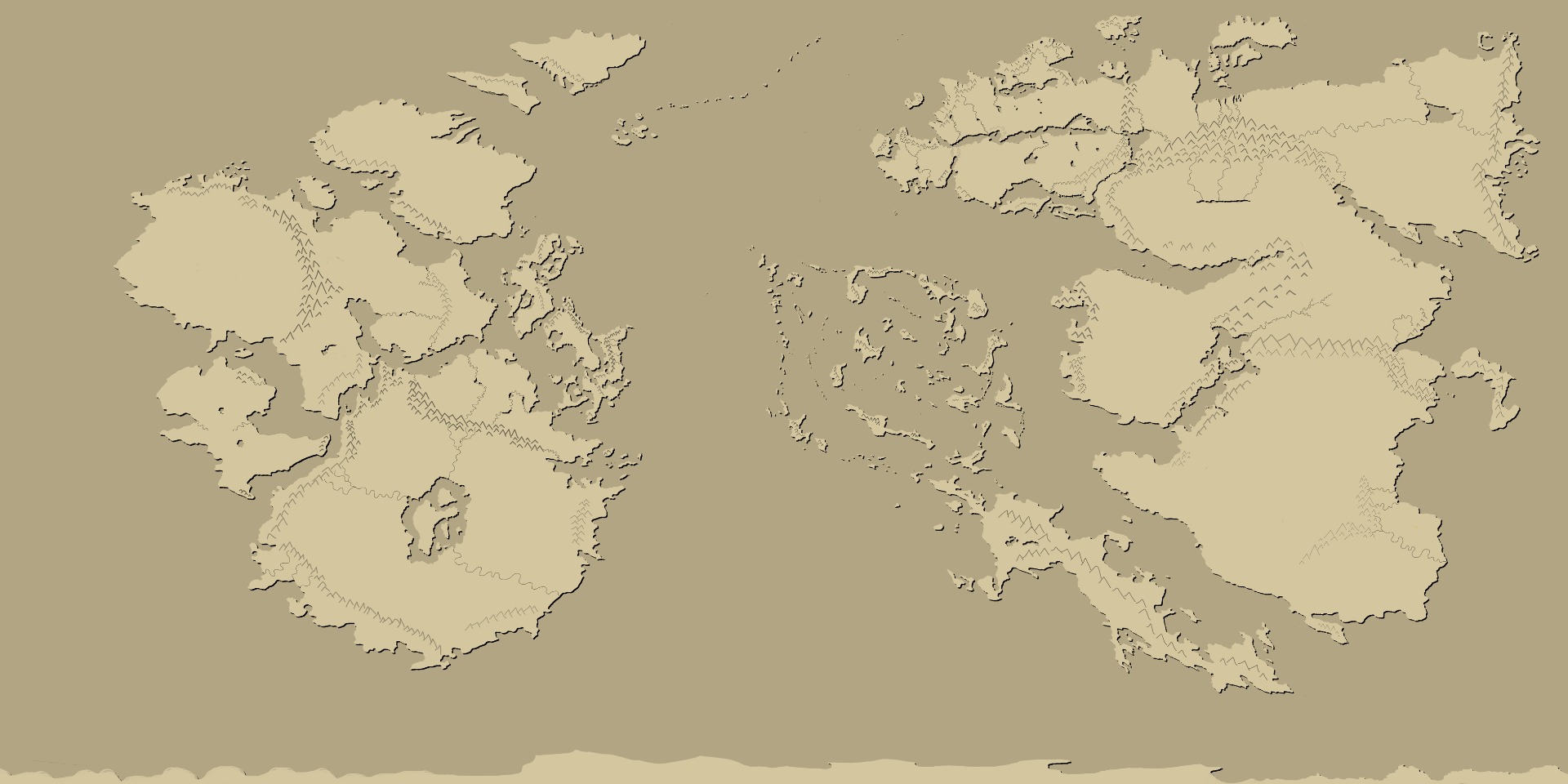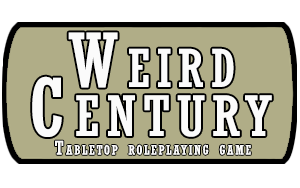
The Kazaik empire
Kazashki Imperiya
(The Kazaik empire)
Government: Centralized state rule with minor representation.
Head of state:
Capital:
Ruling race: Dworig
The Kazaik empire is the largest of all Dworig states, stretching from the Kaza mountains eastwards over a large part of the Kaza plateau. The empire was founded at the end of the era of conflict with the event now called the unshackled revolution. Before the war of the sages Kaza was a part of the Spine Mountain Republic. During the war the elder council of Kaza aligned themselves with the sages, using their influence and gained power to enslave the dworig of Kaza. Some of the older families banded together to rebel against the tyrant elders and with the help of humans from the jarldoms to the west they managed to overthrow the tyrants. In the aftermath the leaders of the rebellion gathered and proclaimed their independence and thusly founded the empire.
The harsh lands of both mountain and high plateau have made a hardy people of the Kazaiks, forcing them to make most of whatever nature provided them with. Most of the empires major cities lie high up on the slopes of the mountains, close to deep mines and foundries. Other lie lower down the mountain by the large forests that keep the foundries burning. While the empire stretch out to onto the flat steppes, there are but a few larger settlements there, with small villages dotted about for farming hardy grain that tolerate the dry and cold windswept climate while still giving good harvests.
The typical mindset of the average Kazaik is that simple is better, preferring function over form. Because of this the form language has been tough, almost bulky, and practical, which to an outsider appears to be ugly and often oversized, but for the Kazaiks it is esthetically pleasing. Since much of the area the empire controls makes living somewhat of a challenge, it requires things to be sturdy. Kazaik carpentry is a perfect example of the soul and mindset of the people. Timbered pinewood, formed and shaped with mainly axe to make thick walls that withstands the hard winter winds and thatched slanted roofs that hold the weight of the heavy wet snow. Even the tools are heavy, thick and sturdy, but because of this they also last longer than any other.
Kazaiks aren't necessarily a warring people, but they won't back down from either challenge or adversity. To back down is to show weakness and weakness is death. This mindset paired with the tendency of near unreasonable stubbornness, it is not uncommon with conflicts between different clans and families caused by members refusing to back down from any confrontation. These traits however carry a positive side as well, as Kazaiks will not give up, even short of dying if they see their task as important enough.
The Kazaik empire has culturally deep roots in a tradition of guilds, inherited from the republican era. But with the founding of the empire this was taken to a new level that made guilds the core of society. The whole of Kazaik society is structured around a number of grand guilds that overlooks and manage areas of specialty. An example is the grand guild of agriculture, which is in charge of all means of farming and animal husbandry. The grand guild is internally divided into specialized guilds, such as a guild of wheat farmers, one of dairy farmers and even a guild that specialized on producing the best kind of fertilizer. Each guild under the grand guilds umbrella would be afforded a representative in a council, which in turn would have one member to represent the whole at the grand guild council table. Each citizen belongs to a guild which provides them with work. Guild membership is equally a family issue as those that are part of a guild mainly wed and engage socially with other members and their families within the same. It is more rule than exception that one would stay within a specific guild through life. Only two things would have someone change guild, either after extensively prove ones skill or ability for another guild, or being unable to perform either through malpractice or incompetence. In the later case, unless being fit for another guild, one would become guildless, which is equal to becoming an outcast to society. Life is centered on the guilds needs and musts, always taking priority of the individual. A side effect of this is that guilds and their members often became isolated from other one another, only really cooperating with those that are of importance to the guilds function. As a consequence of this societal structure, things are efficient to a point but for many it also very restricted as the individual have little agency beyond what the guild dictates.
As time as gone and more influence from other parts of the world reached the Kazaik lands, the ambition among the seniors of the empire have grown. Some go as far as to call for a unification of all dworig nations, which have been met with mixed reactions. But people started to question what they call the guilds repressive rule. Some intellectuals started agitating for more autonomy and reformation of the system as a whole. The guild masters would reject these ideas and crack down hard on anyone that would espouse anti-guild ideas. However, this only further fanned the flames and created an actual anti-guild movement. Tensions are running high in Kazaik with spouts of civil unrest erupting when the guild masters try to repress protestors with the military.
There is a looming fear that a civil war is brewing, as more and more people get affected by the conflict between guild leaders and the anti-guild movement. Most try their best to stay away from getting involved and some go as far as to leave the empire all together.
Traditional clothing among the Kazaik are made out
of wool, fur, and bast fibers. Most prominent among the clothing items is the
traditional gornatsha, a single colored pointed hat. The gornatsha carries much
symbolic messages, depending on color, length, and folding. Traditionally the
lengths signifies a recognition of age, the color signifies belonging, and
folds signifies social standing. For example, an adult commoner of good
standing would have a red straight hat of good length. In contrast a youth with
a delinquent attitude would have a short green hat where the top would be
folded.
